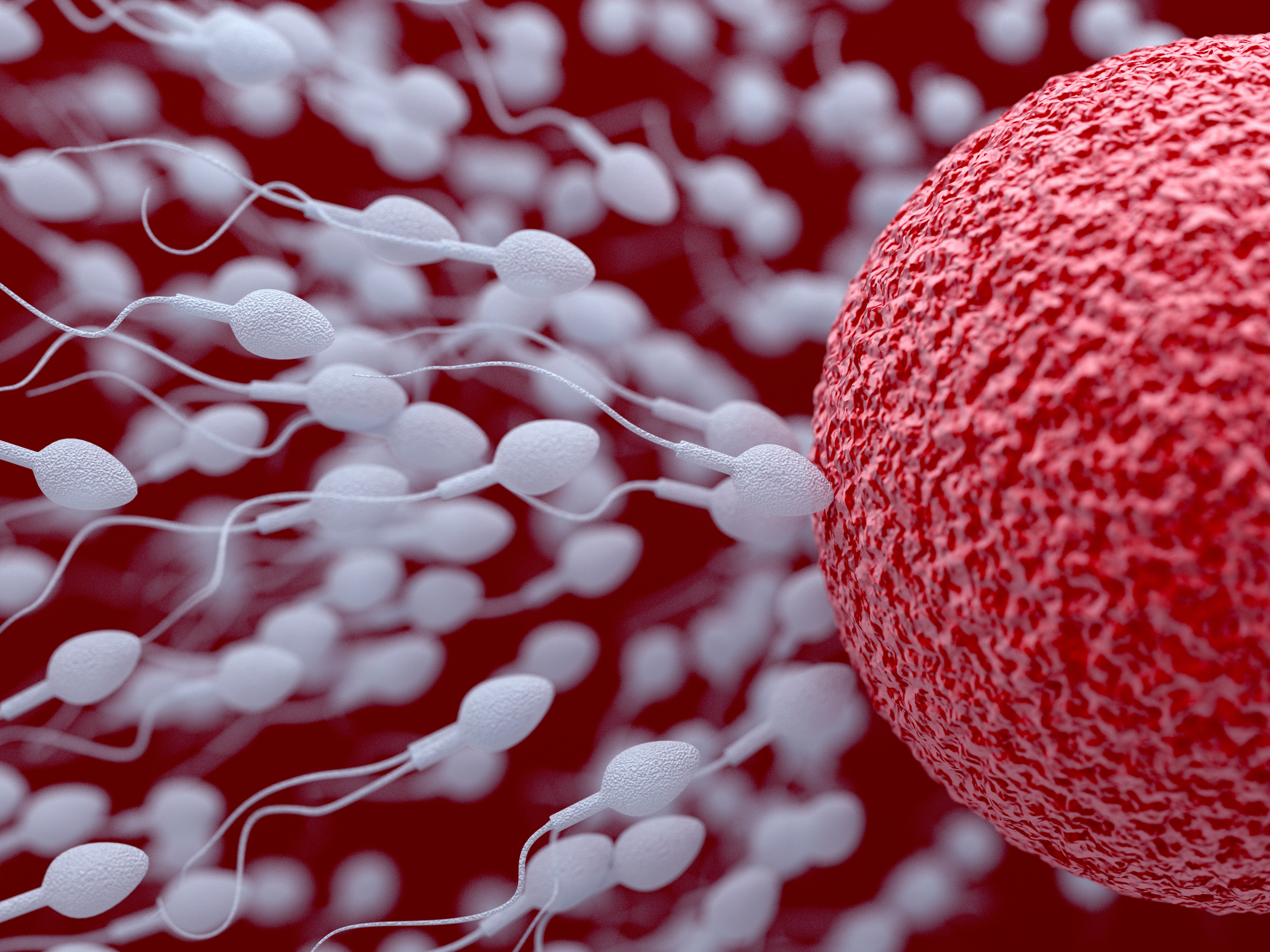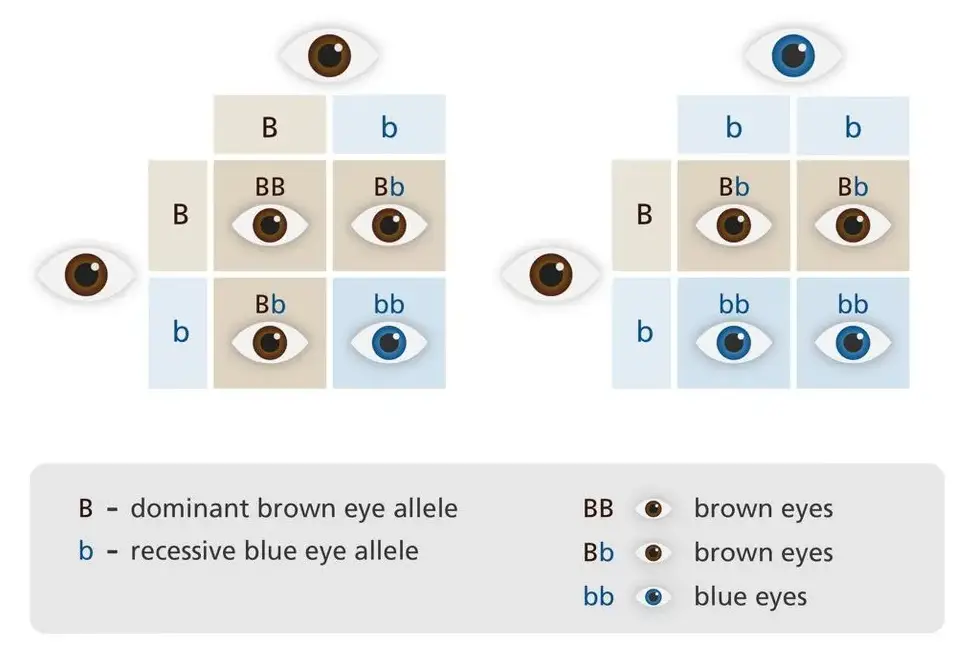The Egg May Actually ‘Choose’ The Sperm – According To This Study
Tags: opinion

High school biology classes were filled with occasional giggles and bewildered faces. Remember when the teacher declared that you will study ‘reproduction’? Each and every student want to skip the plant bit and get to know more about their own bodies!
If you recall those classes, even vaguely, you would know what a Punnett square is. The 20th century English geneticist named Reginald Punnett found the easiest way to calculate the mathematical probability of inheriting a specific trait, popularly known as the Punnett square. It is just a graphical way of discovering all of the potential combinations of genotypes that can occur in children, given the genotypes of their parents. This method can also show us the odds of each of the offspring genotypes occurring.
What is the Punnett square based on?

It is actually based on laws of inheritance formulated by the Father of Genetics, Gregor Mendel. There are three laws, the Law of Segregation, the Law of Independent Assortment, and the Law of Dominance.
According to the first law, when the gamete is formed, the alleles subject to each gene are segregated from one another, such that each gamete carries only one particular allele. The second law states that each gene has a particular trait and genes can segregate independently during the formation of a gamete. The third and last law states that alleles carry either dominant traits or recessive traits. Each organism exhibits the traits of the dominant allele. If the allele present carries the dominant trait within itself, it represses the recessive trait.
The crux of these inheritance laws is the idea of complete randomness. Till now the scientists were of the opinion that the fastest and the strongest sperm will fertilize the egg – the choice being determined completely by Chance. The egg, however, remains passive in the process.
Challenging the fastest sperm narrative
The principal scientist working at the Pacific Northwest Research Institute, Dr. Joseph H. Nadeau, has conducted a study which shows that the whole process might not be as random as stated by the laws of inheritance. He added that the egg might actually choose the sperm that will fertilize it. This was based on some experiments conducted by him which did not produce the predictable gene combination, going by the fundamental laws of inheritance. On the other hand, it was seen that some pairings are more likely to occur when the specific gene is carried by the mother.
Over 5000 people have downloaded our free ebook “Growth Hacking Tips And Rituals For Optimal Living” CLICK HERE to get your free copy now
Nadeau conducted the study to find out the factors which lead to testicular cancer in mice and how the interaction between Apobec1 and Dnd1 genes affected it. He marked a major difference between the mice offspring when the mother had a mutated and normal Dnd1 as opposed to when the same was carried by the father. The mice were then mated with a partner with Apobec1 gene. It was found that when the mother was the carrier of both the versions of the Dnd1, Mendel’s law was followed. But the same was not the case with the father being the carrier of both the genes. If Mendel’s law held true, then there would be 75% of the offspring carrying at least one mutated gene, but it turned out that only about 27% did. After exploring all possible combinations, he came to the conclusion that the egg may have an active role of choosing the sperm, just as one would choose a partner, claimed Nadeau for Quanta Magazine. He named the process – genetically biased fertilization.
How does the egg choose the sperm?
This question remains unanswered as of now. Studies are being conducted to find out what factors determine the choice. It could possibly be the cell-surface of the female organs of reproduction that are attracted to sperm based on the genetic content.
The female reproductive system does get a say in the play of determining genes. Isn’t it a lovely finding?
Leave Comment: